Cognizance of Glaucoma (काला मोतिया) Symptoms, Treatments, and Insightful Understanding
Glaucoma, referred to as ‘काला मोतिया’, arises when elevated eye pressure causes harm to the optic nerve, resulting in a decline in visual sharpness. Among ocular conditions, glaucoma stands as one of the most menacing threats to eyesight. Termed the ‘silent thief of vision’, it often lurks without symptoms, potentially escaping detection in its initial phases. Typically, it silently progresses, causing painless and gradual vision deterioration. Unfortunately, once vision is lost, restoration becomes unattainable. However, timely medical interventions or surgical procedures can deter or slow down further visual decline. While Glaucoma-related vision impairment is irreversible, treatments, including medicated eye drops, oral medications, laser therapy, or surgery, aim to manage intraocular pressure, thus slowing or preventing further vision loss. Regular monitoring and adherence to treatment plans are pivotal in managing Glaucoma effectively and preserving remaining eyesight.
Fear not, Glaucoma's grip can't hinder you anymore. Find freedom at Dermavision.
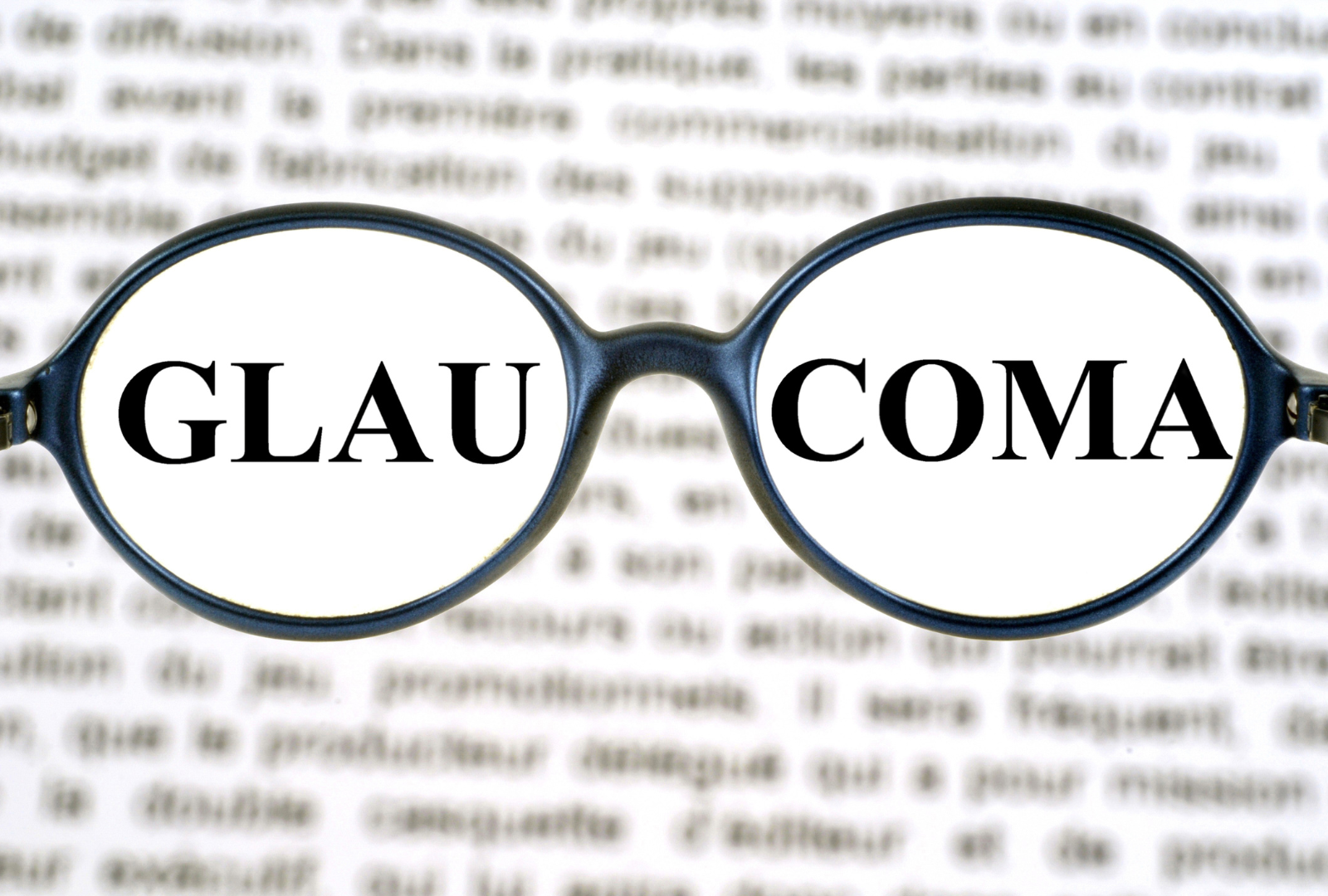

"Feel free to contact us now and schedule your appointment"
( 8859-001-001 )
Embark on Your Skin Rejuvenation Journey: Secure Your Appointment at Dermavision Today and Discover Your Radiance!
If anyone in your family has Glaucoma, ensure to schedule a comprehensive eye check-up with a Dermavision Specialist
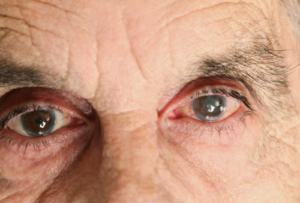
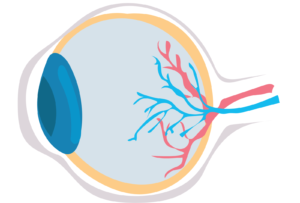
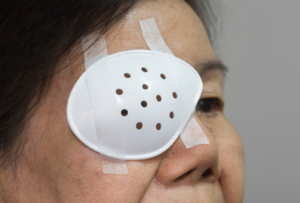


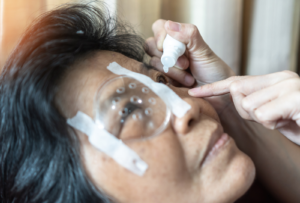
FAQs-Frequently Asked Questions
What is Glaucoma?
Glaucoma is an eye condition characterized by increased pressure within the eye that damages the optic nerve, leading to vision impairment or blindness if left untreated.
Why is Glaucoma a serious concern?
Glaucoma is often referred to as the "silent thief of vision" as it can progress without symptoms, potentially causing irreversible vision loss if undetected in its early stages.
What are the common symptoms of Glaucoma?
In its initial stages, Glaucoma typically presents no symptoms. However, as it progresses, individuals may experience gradual and painless vision loss.
Can lost vision due to Glaucoma be restored?
Unfortunately, vision lost due to Glaucoma cannot be fully restored. However, timely medical or surgical intervention can prevent further vision loss.
Who should get regular eye check-ups for Glaucoma?
Individuals with a family history of Glaucoma or those above a certain age should have routine eye examinations to detect and manage Glaucoma early.
How is Glaucoma diagnosed?
Glaucoma diagnosis involves comprehensive eye examinations, including tonometry to measure eye pressure, visual field testing, and optic nerve evaluation, aiding in early detection and management.
Glaucoma manifests as a multifaceted ocular condition characterized by increased intraocular pressure that gradually damages the optic nerve, culminating in impaired vision and, if left untreated, potential blindness. This condition encompasses various subtypes, but primary open-angle glaucoma (POAG) and angle-closure glaucoma (ACG) are the most prevalent.
In the early stages, Glaucoma remains asymptomatic, earning the ominous moniker of the “silent thief of vision”. Symptoms often surface only when significant damage has occurred, emphasizing the critical need for regular eye examinations, especially for individuals with a family history of Glaucoma or those over 40 years old.
POAG, the most common form, develops gradually, causing a painless but insidious loss of peripheral vision. ACG, on the other hand, often manifests suddenly with symptoms such as severe eye pain, headaches, blurred vision, and even nausea or vomiting.
Diagnosis involves comprehensive eye assessments, including tonometry to measure intraocular pressure, visual field testing to gauge peripheral vision, and optic nerve evaluation. Early detection is crucial as Glaucoma progression is irreversible, and any vision loss incurred cannot be restored.
Send us a message
Quis blandit turpis cursus in hac habitasse.

